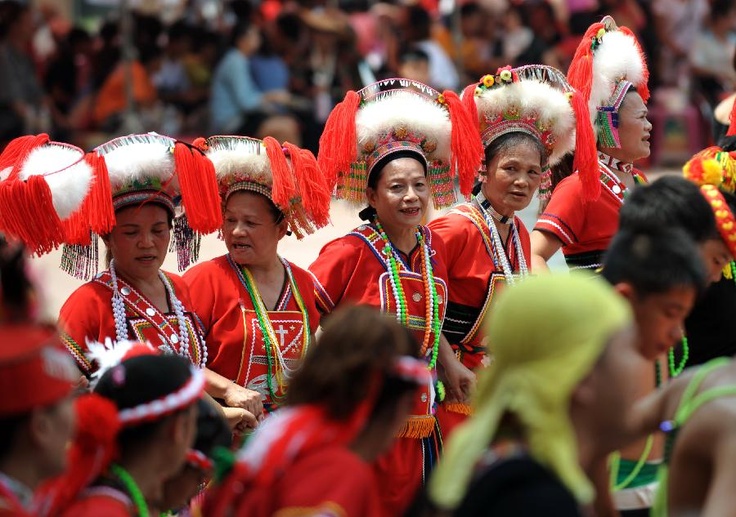East asian a region known for its deep cultural heritage and vibrant traditions, boasts a rich tapestry of festivals that reflect the values, beliefs, and historical legacies of the people. At SpotlightUs, we’re fascinated by the unique ways in which traditional festivals continue to shape the cultural identity of East Asian nations. In this blog, we take you on a journey through some of the most celebrated and beloved festivals that have stood the test of time, uniting generations and communities in joyous celebration.
1. Chinese New Year (Spring Festival): The Heart of East Asian Celebrations
Chinese New Year, also known as the Spring Festival, is perhaps the most famous and widely celebrated traditional festival in East Asia. Celebrated not only in mainland China but also in Taiwan, Hong Kong, Singapore, and other countries with significant Chinese communities, this festival marks the beginning of the lunar new year.
The festival is rich in symbolism and customs—families come together for a reunion dinner, firecrackers light up the skies to drive away evil spirits, and the famous red envelopes (hongbao) are exchanged to bring luck and prosperity. Dragon dances, lion dances, and traditional music fill the streets, creating an atmosphere of excitement and hope for the year ahead. At SpotlightUs, we believe that this festival is not only a celebration of new beginnings but also a time to reflect on family, community, and cultural continuity.
2. Japanese Obon Festival: Honoring Ancestors
The Obon Festival, celebrated in Japan, is a spiritual occasion for honoring the spirits of ancestors. This Buddhist tradition, usually held in mid-August, is a time when Japanese families gather to welcome the souls of their deceased loved ones back to the physical world. It is a time of both reflection and joy, marked by Bon Odori dances, colorful lantern displays, and family reunions.
At SpotlightUs, we find Obon especially moving because it underscores the Japanese value of honoring one’s ancestors and maintaining a connection with past generations. The lanterns used to guide the spirits are symbolic of the journey between the world of the living and the dead, and the dances bring communities together in a collective expression of remembrance and respect.
3. Korean Chuseok: A Festival of Harvest and Family Reunions
Chuseok, often compared to Thanksgiving in the United States, is one of Korea’s most important traditional festivals. Celebrated during the fall harvest season, Chuseok is a time for families to reunite, share food, and pay respect to their ancestors through Charye, a ritual that involves offering food to honor those who have passed.
Families also enjoy traditional foods like songpyeon (rice cakes filled with sweet fillings), and children often participate in traditional games like ssireum (Korean wrestling) and tuho (arrow throwing). At SpotlightUs, we admire how Chuseok is a celebration of gratitude for the harvest, the bond of family, and the connection to cultural traditions that are passed down through generations.
4. Vietnamese Tết: New Year with Family and Feasts
Tết Nguyên Đán, or simply Tết, is the Vietnamese Lunar New Year, and it is the most significant cultural event in Vietnam. Tết marks the arrival of spring and the beginning of the lunar new year, where families honor their ancestors and invite good fortune into their homes.
The festival is filled with vibrant celebrations, including the preparation of special dishes like bánh chưng (square sticky rice cakes) and pickled onions, as well as fireworks and dragon dances. Tết is a time for new clothes, giving red envelopes, and spending quality time with family. At SpotlightUs, we are especially captivated by the vibrant mix of joy, nostalgia, and reverence for the past that defines Tết.
5. Taiwanese Lantern Festival: Light and Color in the Sky
The Taiwan Lantern Festival is a magical celebration that takes place on the 15th day of the Chinese New Year. The event is most famous for its stunning display of colorful lanterns floating in the sky and illuminating the night. Traditionally, the lanterns are adorned with riddles, and people often gather to solve them. Lanterns are also thought to bring good luck and drive away evil spirits.
One of the highlights of the Taiwanese Lantern Festival is the Giant Lantern Parade, where elaborate lanterns shaped like animals, mythical creatures, and cultural icons are paraded through the streets. At SpotlightUs, we love the symbolic meaning behind this festival—it’s not just a celebration of light, but also a time to hope for prosperity and a bright future.
6. Mongolian Naadam Festival: The Spirit of Mongolian Strength and Unity
The Naadam Festival, celebrated in Mongolia every July, is one of the oldest and most culturally significant festivals in East Asia. It is a celebration of Mongolian heritage, featuring three manly games: wrestling, horse racing, and archery. The festival traces its origins back to the time of Genghis Khan and is a celebration of the strength, agility, and endurance of the Mongolian people.
At SpotlightUs, we’re fascinated by how Naadam not only honors athleticism and skill but also emphasizes Mongolian unity and resilience. The festival brings together people from all walks of life, young and old, to cheer on the competitors and revel in a shared sense of pride in their cultural heritage.
Celebrate East Asian Traditions with SpotlightUs
At SpotlightUs, we believe that traditional festivalsoffer a fascinating window into the soul of East Asian cultures. From the family-oriented celebrations of Chuseok and Obon to the dazzling beauty of the Taiwan Lantern Festival, these festivals are powerful symbols of unity, heritage, and community. Whether you’re planning a trip to East Asia or simply looking to explore the world’s diverse cultural traditions, we encourage you to delve deeper into these fascinating celebrations.
Stay tuned for more cultural insights and festival highlights from SpotlightUs, where we spotlight the world’s most vibrant and cherished tradition.




